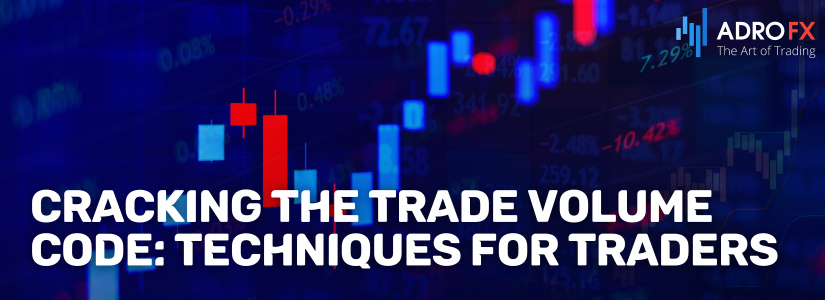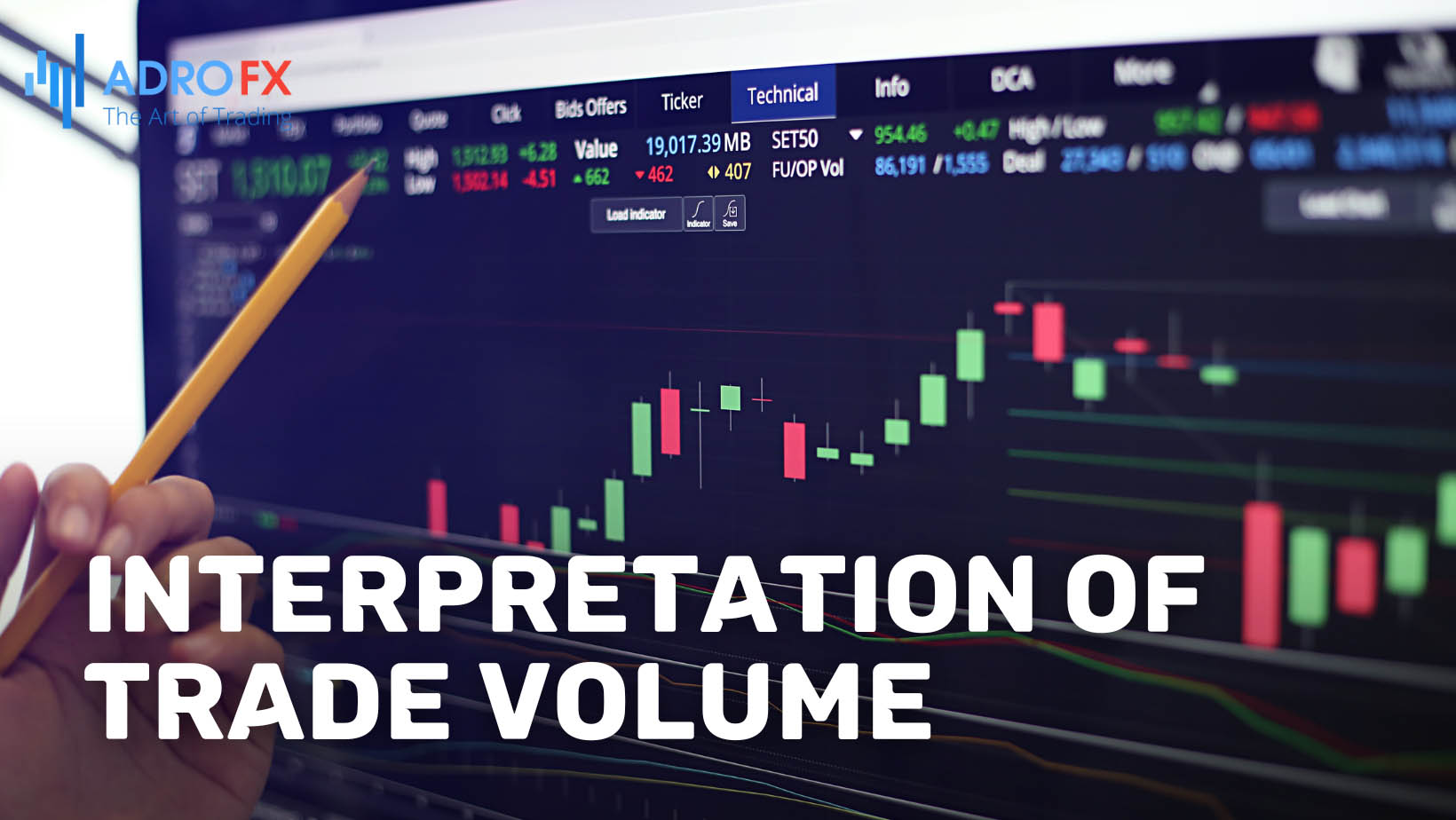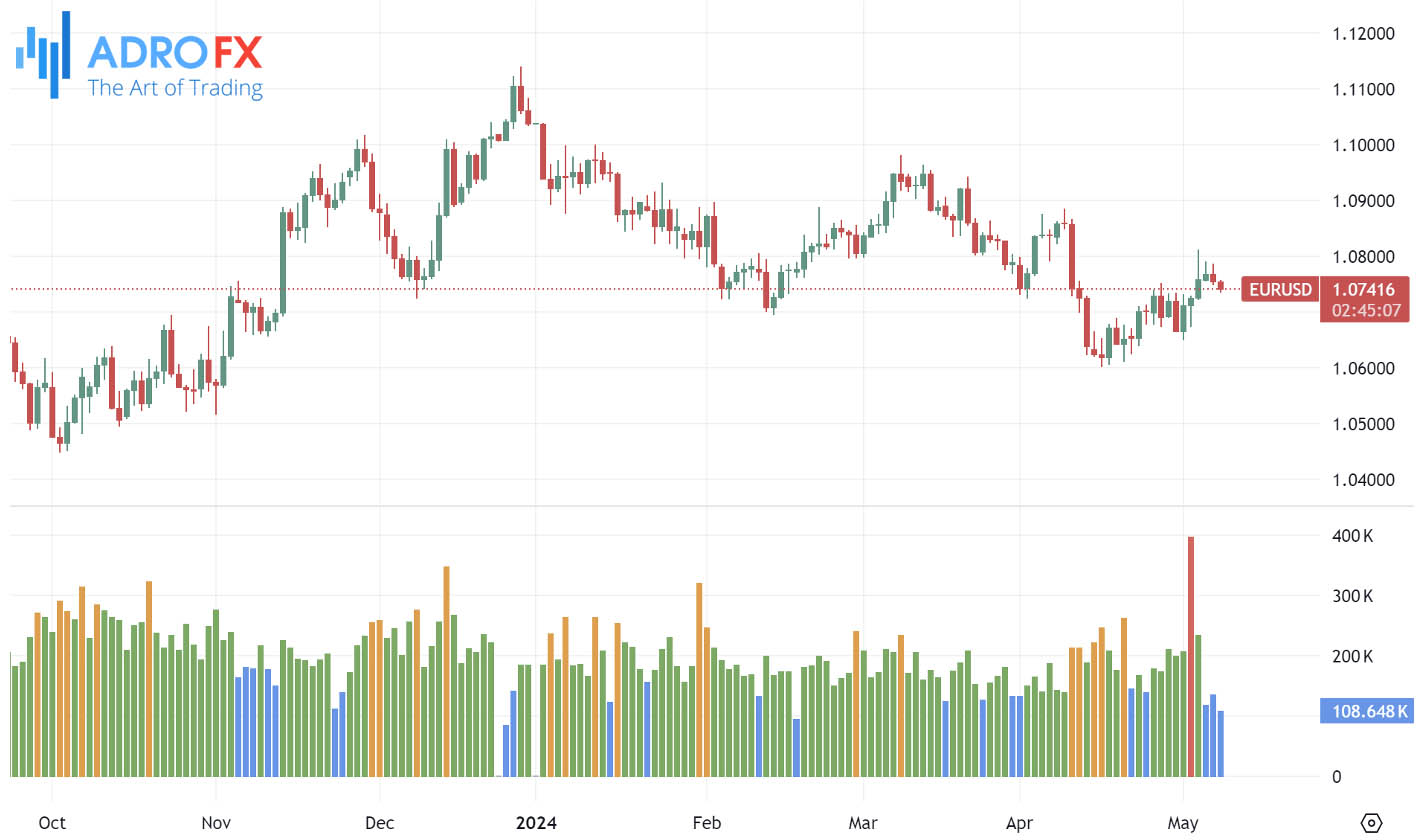Cracking the Trade Volume Code: Techniques for Traders

Trade volume, often referred to simply as "volume," is a fundamental concept in trading that measures the number of shares, contracts, or units of security traded during a given period. Understanding trade volume is essential for traders as it provides insights into market activity, liquidity, and investor sentiment. By analyzing volume data, traders can make more informed decisions and gain an edge in the market.
Understanding Trade Volume
Trade volume is defined as the total number of shares or contracts traded for a particular security within a specified timeframe, such as a day, week, or month. It is typically reported alongside price data in trading charts and is a key indicator of market activity.
The importance of trade volume cannot be overstated in assessing market dynamics. High volume often indicates increased investor interest and participation, suggesting greater liquidity and tighter bid-ask spreads. On the other hand, low volume may signal a lack of interest or participation, potentially leading to wider spreads and increased price volatility.
It's important to differentiate between trade volume and price movements. While volume measures the level of market activity, price movements reflect changes in the value of a security. High volume accompanied by price increases suggests strong buying pressure, while high volume coupled with price declines may indicate selling pressure.
In the next sections of this article, we will delve deeper into how trade volume is measured, its significance in assessing market activity and liquidity, and how traders can interpret volume data to make informed trading decisions. Understanding these concepts is crucial for traders looking to navigate the complexities of the financial markets effectively.
Factors Influencing Trade Volume
Various factors contribute to fluctuations in trade volume, reflecting shifts in market sentiment, the impact of news events, and the behavior of market participants. By examining these factors, traders can gain a deeper understanding of trade volume dynamics and its implications for price movements. Let's explore some key factors that influence trade volume in financial markets.
- Market sentiment and investor psychology
Trade volume is heavily influenced by market sentiment and investor psychology. Positive news or developments often attract more buyers, leading to increased trading activity and higher volume. Conversely, negative news or uncertainties may trigger selling pressure and higher volume as investors seek to exit positions.
- News events and economic data releases
Significant news events and economic data releases can have a profound impact on trade volume. For example, corporate earnings reports, economic indicators, geopolitical events, and central bank announcements can all drive trading activity as investors react to new information and adjust their positions accordingly.
- Trading strategies and institutional activity
Different trading strategies employed by individual traders and institutional investors can also affect trade volume. For instance, algorithmic trading algorithms and high-frequency trading strategies can generate large order flows and spike trade volume, especially in highly liquid markets. Institutional buying or selling, such as mutual fund rebalancing or portfolio adjustments, can also influence trade volume.

Interpretation of Trade Volume
Once trade volume data is obtained, the next step for traders is to interpret its significance in the context of market analysis. Understanding how to interpret trade volume involves analyzing volume patterns, using volume indicators, and identifying phases of accumulation and distribution. Let's delve into these aspects to gain insights into how trade volume can inform trading decisions and strategies.
- Analyzing volume patterns and trends
Traders analyze volume patterns and trends to gauge market sentiment and identify potential trading opportunities. For example, increasing volume accompanied by price gains suggests strong buying interest and bullish momentum, while decreasing volume during price declines may indicate weak selling pressure and a potential reversal.
- Using volume indicators to confirm price movements
Volume indicators, such as volume bars, volume histograms, and on-balance volume (OBV), can be used to confirm price movements and assess the strength of a trend. High volume on up days and low volume on down days can validate the bullish bias of an uptrend, while the opposite may signal weakness in a downtrend.
- Identifying accumulation and distribution phases
Trade volume can also help traders identify accumulation and distribution phases in the market. Accumulation occurs when smart money or institutional investors gradually accumulate positions over time, leading to increasing volume and price stability. Conversely, distribution occurs when large investors begin selling their positions, resulting in decreasing volume and potential price declines.
In the following sections, we will explore these factors and interpretation techniques in more detail, providing traders with practical insights into how to incorporate trade volume analysis into their trading strategies effectively. Understanding these concepts can enhance traders' ability to interpret market dynamics and make informed trading decisions.
Trade Volume in Different Markets
Understanding the intricacies of trade volume dynamics across diverse markets holds paramount importance for traders aiming to adeptly navigate a variety of asset classes. Whether in stocks, forex, cryptocurrencies, or commodities, trade volume serves as a pivotal force shaping market behavior and sentiment. However, it's crucial to acknowledge that each market boasts its unique characteristics and participant dynamics, leading to distinct variations in volume patterns. Delving into these nuances offers invaluable insights into the profound impact of trade volume on price movements and liquidity within each market segment.
In the realm of stocks, trade volume mirrors the volume of shares exchanged within specific time frames, serving as a barometer of investor interest and overall market activity. Robust trade volume frequently coincides with significant price shifts, indicative of pronounced buying or selling pressures. Conversely, subdued trade volume may signal tepid market involvement and restricted price momentum.
Within the forex market, trade volume encapsulates the total value of currency pairs traded, reflecting the market's liquidity and depth. Notably, forex volume tends to peak during overlapping trading sessions when multiple financial hubs are concurrently operational. This heightened activity often precipitates increased volatility, paving the way for enhanced trading prospects.
Cryptocurrency markets introduce a distinctive interplay of volume dynamics, owing to their decentralized structure and round-the-clock trading environment. Here, trade volume acts as a reflection of investor sentiment and market liquidity, with spikes in volume frequently aligned with significant news events or notable market developments.
Similarly, commodity markets, encompassing precious metals, energy products, and agricultural commodities, exhibit dynamic fluctuations in trade volume driven by shifts in supply and demand dynamics, geopolitical influences, and seasonal trends. Appreciating the nexus between trade volume and commodity prices is indispensable for commodity traders aiming to capitalize on price fluctuations effectively.
Strategies for Trading with Trade Volume
Trading strategies rooted in trade volume, such as Volume Spread Analysis (VSA), equip traders with potent instruments to discern trends, reversals, and shifts in market sentiment. VSA revolves around scrutinizing the correlation between price actions and trade volume to ascertain the robustness and authenticity of market trends.

A prevalent technique within VSA involves juxtaposing price movements with volume levels to pinpoint disparities or validations. For instance, a bullish breakout paired with substantial trade volume signals robust buying interest, affirming the bullish trajectory. Conversely, a bearish reversal amid meager trade volume may suggest feeble market conviction and the potential for a trend reversal.
Furthermore, traders frequently amalgamate volume analysis with conventional technical indicators like moving averages, oscillators, and trend lines to augment their trading methodologies. By melding volume-derived signals with traditional analytical tools, traders gain deeper insights into market dynamics, enhancing the precision of their trading decisions.
Illustrative case studies spotlighting successful trades underpinned by volume analysis furnish tangible examples of how traders can deploy volume-based strategies in real-world trading scenarios. These case studies elucidate how traders can pinpoint high-probability trade setups, adeptly manage risk, and optimize profit potential by integrating trade volume analysis into their trading repertoire.
Risks and Limitations of Trade Volume
While delving into trade volume analysis can furnish traders with valuable insights into market dynamics, it's imperative for them to recognize the potential risks and constraints linked with this method. Solely relying on volume analysis may inadvertently sideline other pivotal factors that influence price movements, resulting in flawed interpretations and less-than-optimal trading decisions. Furthermore, grappling with the accurate interpretation of volume data, including discerning between exchange volumes and over-the-counter (OTC) volumes, can convolute the analytical process and introduce uncertainties.
Furthermore, trade volume, when taken in isolation, may not always present a holistic view of market conditions, particularly in low-volume or illiquid markets where price fluctuations might be magnified or distorted. Hence, traders must exercise prudence and incorporate other variables alongside trade volume, such as price action, market sentiment, fundamental analysis, and macroeconomic trends, to procure a well-rounded understanding of market dynamics.
Conclusion
In summary, trade volume analysis emerges as a potent instrument for traders aiming to glean insights into market dynamics, liquidity, and sentiment. Integrating volume analysis into their arsenal empowers traders to refine their ability to spot trends, validate price movements, and execute informed trading choices. Nonetheless, it's crucial to acknowledge the inherent risks and constraints of volume analysis and approach its interpretation with meticulousness and prudence.
Traders are urged to amalgamate volume analysis with other technical and fundamental indicators to corroborate signals and diminish the likelihood of erroneous assessments. Furthermore, embracing risk management methodologies, such as setting Stop Loss orders and adeptly managing position sizes, serves to mitigate potential losses and safeguard capital. By embracing a well-rounded approach and staying adaptable to the ebb and flow of market conditions, traders can harness the potential of volume analysis to elevate their trading prowess over time.
About AdroFx
Established in 2018, AdroFx is known for its high technology and its ability to deliver high-quality brokerage services in more than 200 countries around the world. AdroFx makes every effort to keep its customers satisfied and to meet all the trading needs of any trader. With the five types of trading accounts, we have all it takes to fit any traders` needs and styles. The company provides access to 115+ trading instruments, including currencies, metals, stocks, and cryptocurrencies, which make it possible to make the most out of trading on the financial markets. Considering all the above, AdroFx is the perfect variant for anyone who doesn't settle for less than the best.










